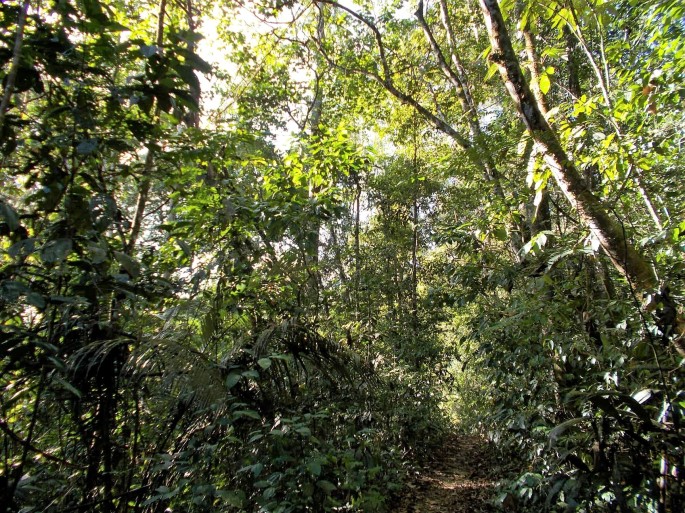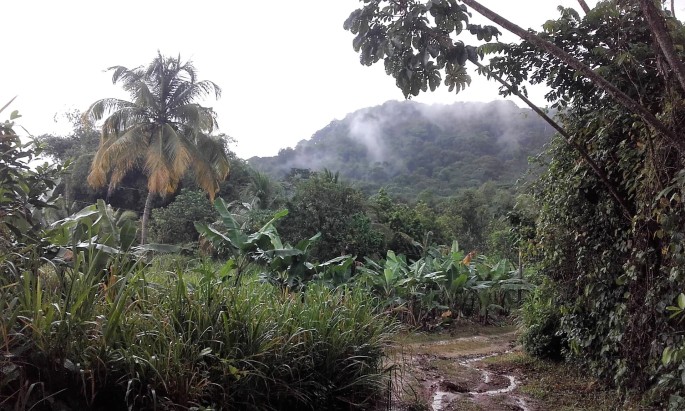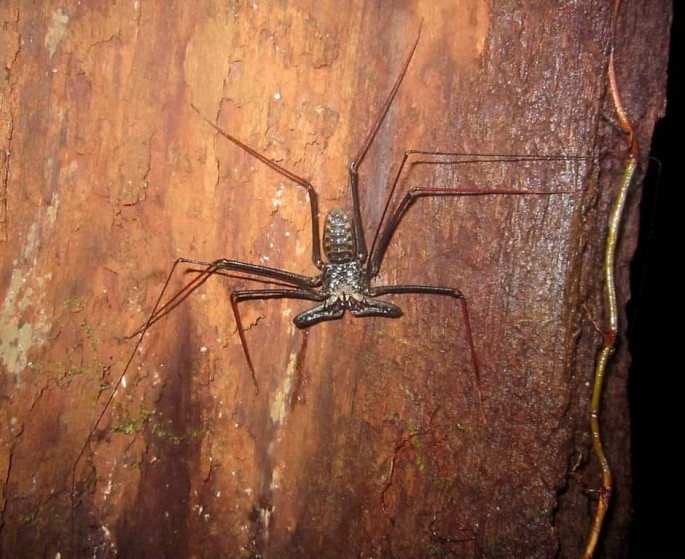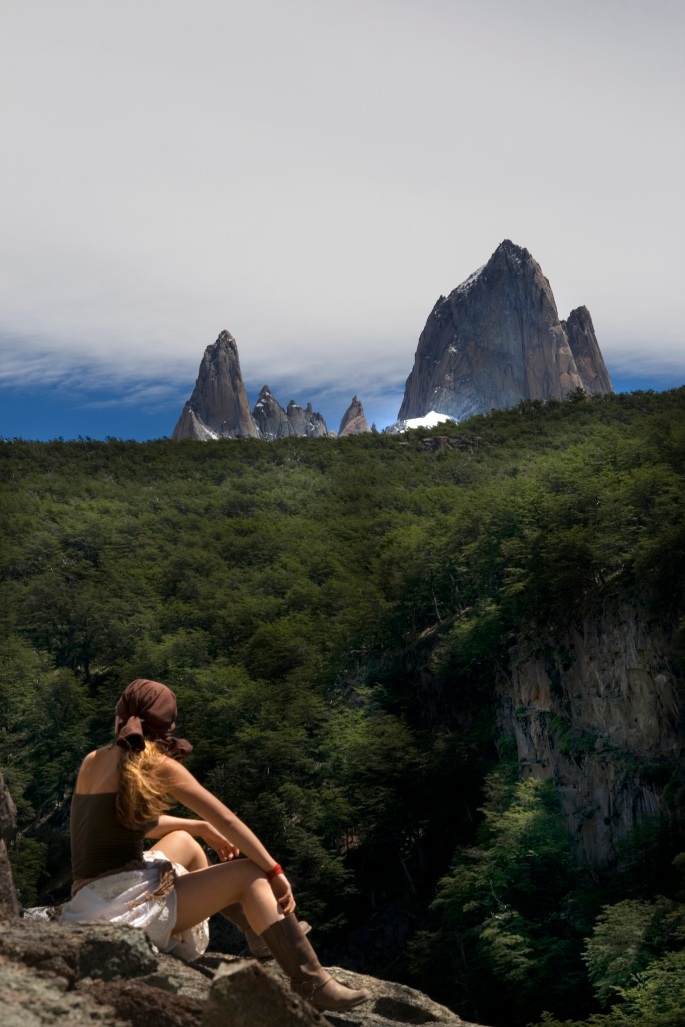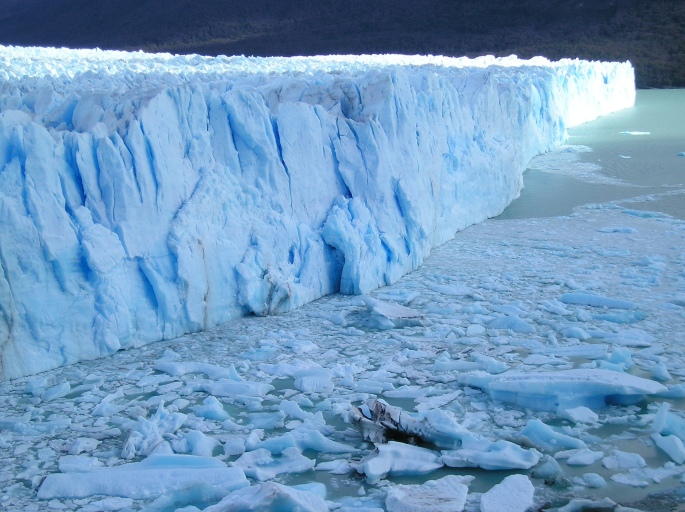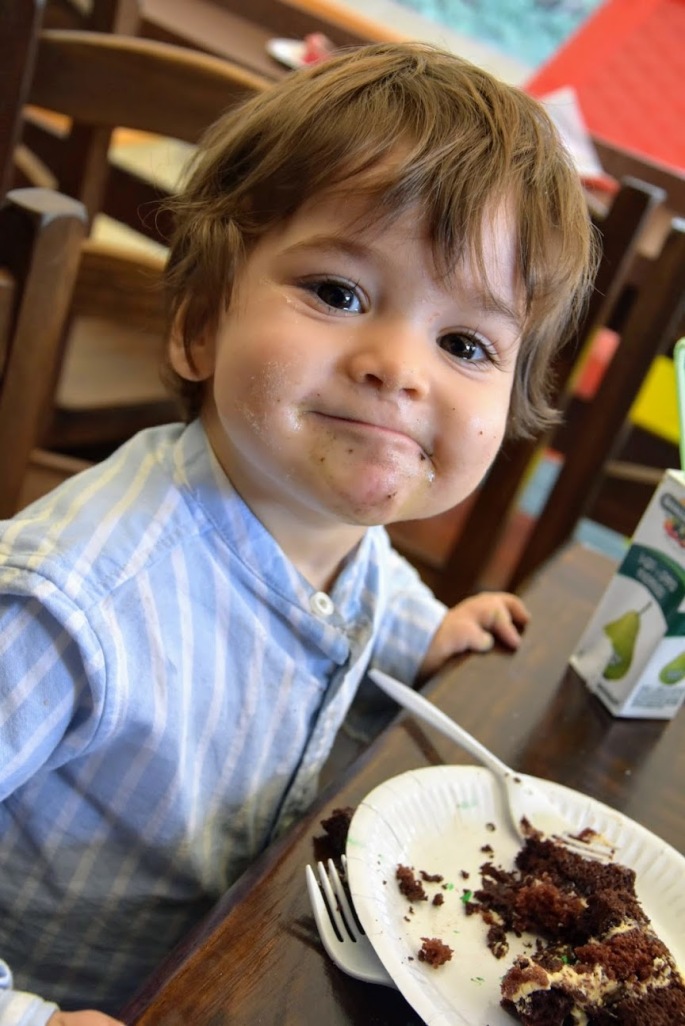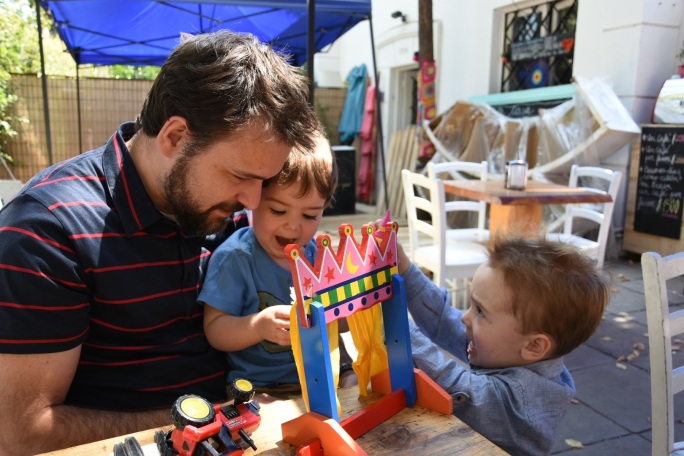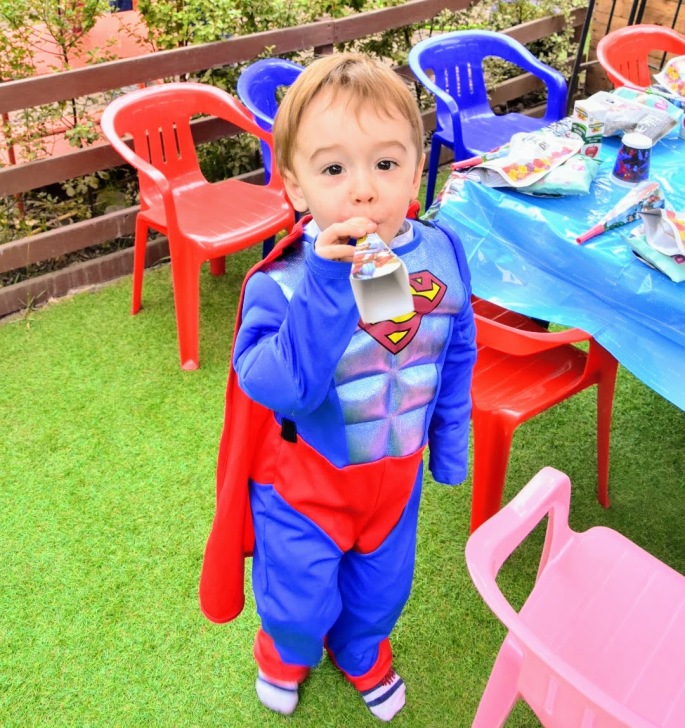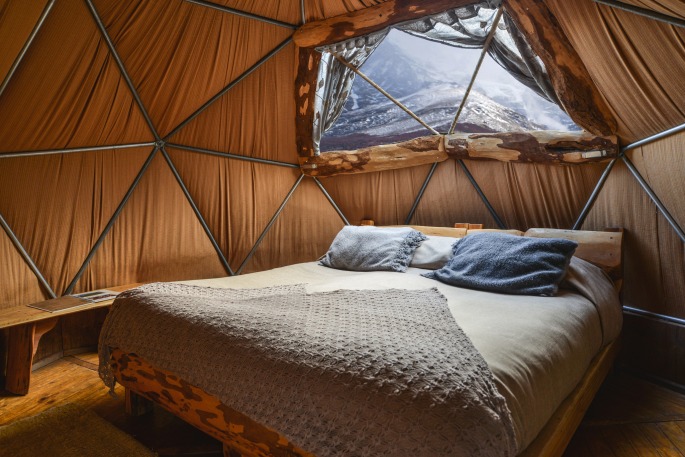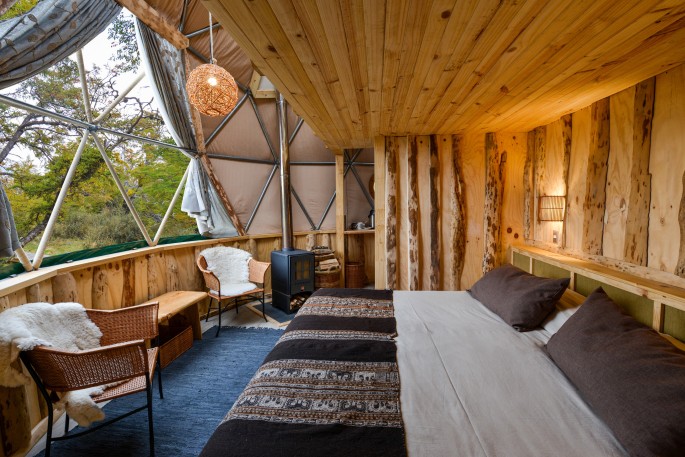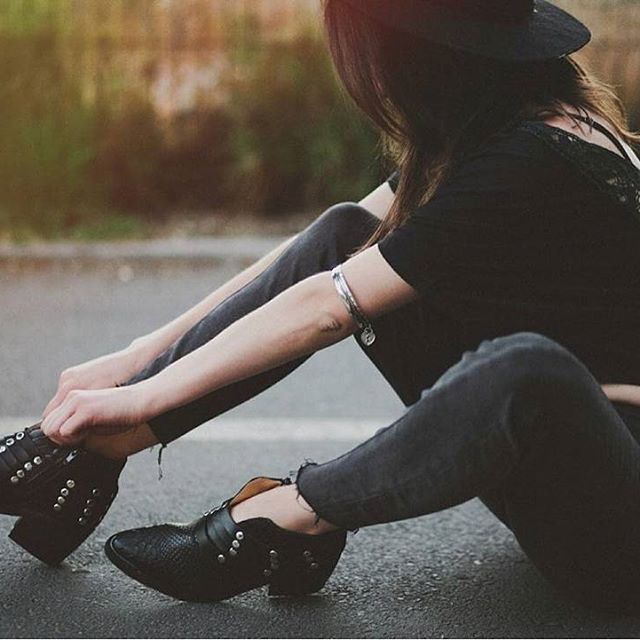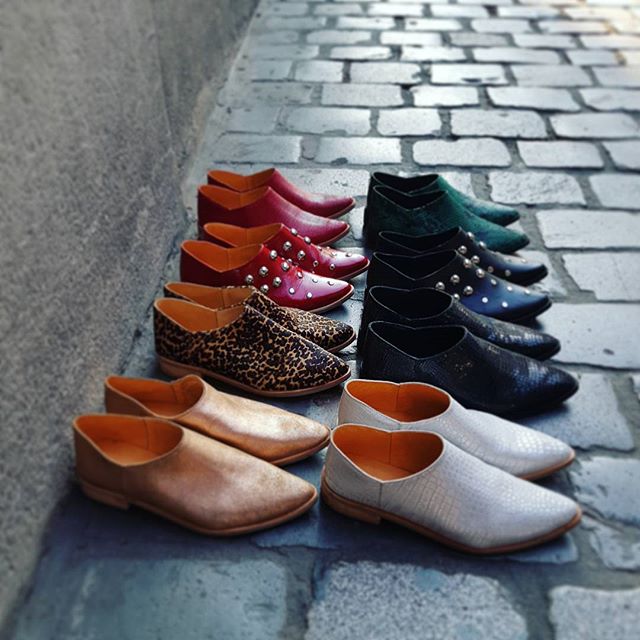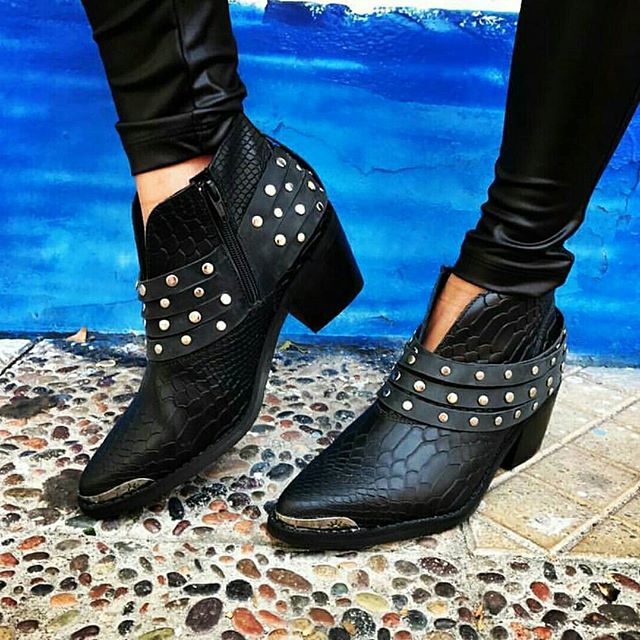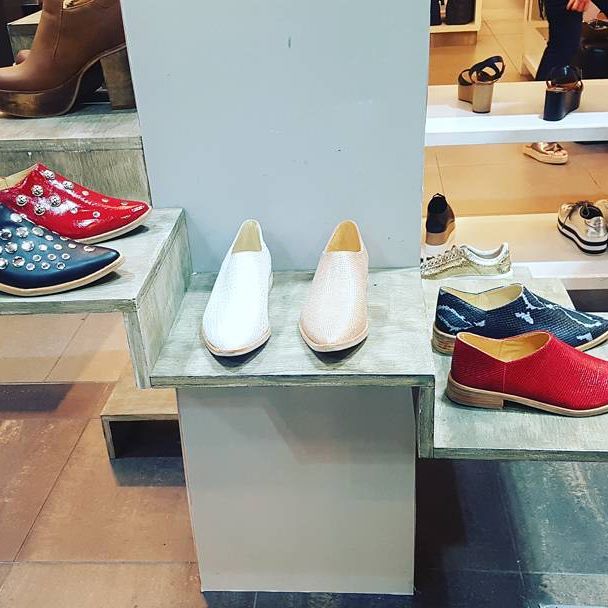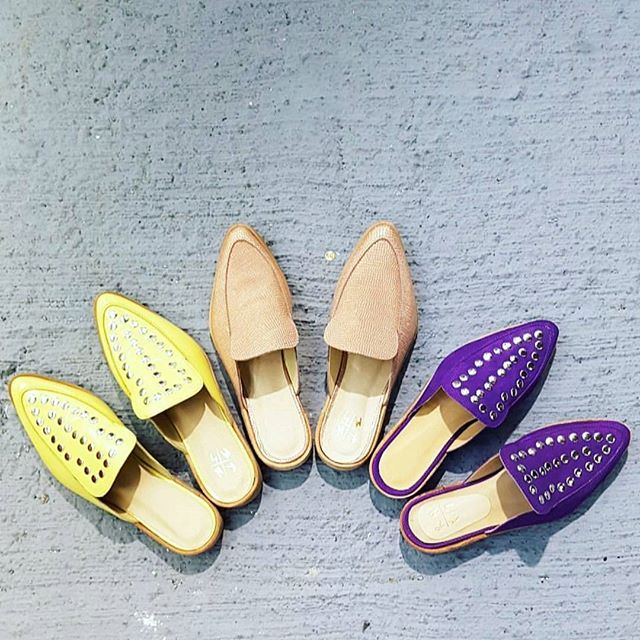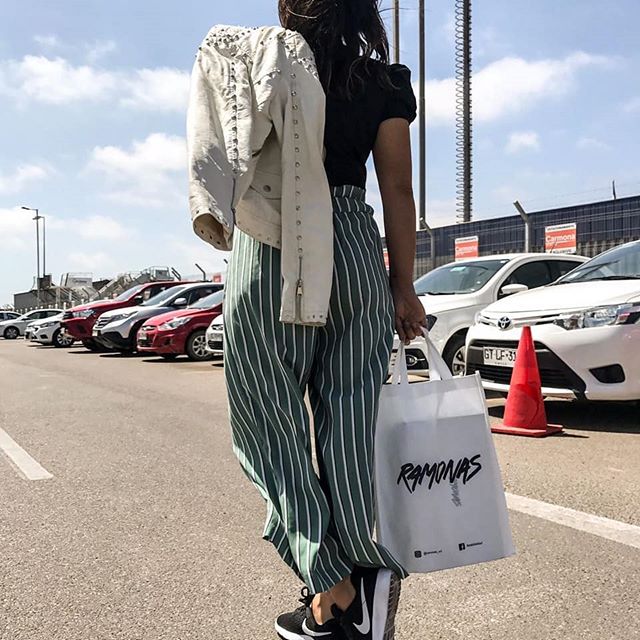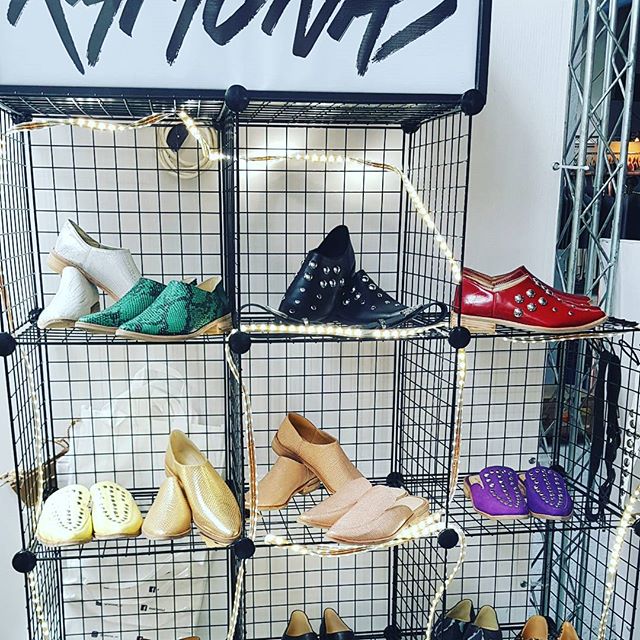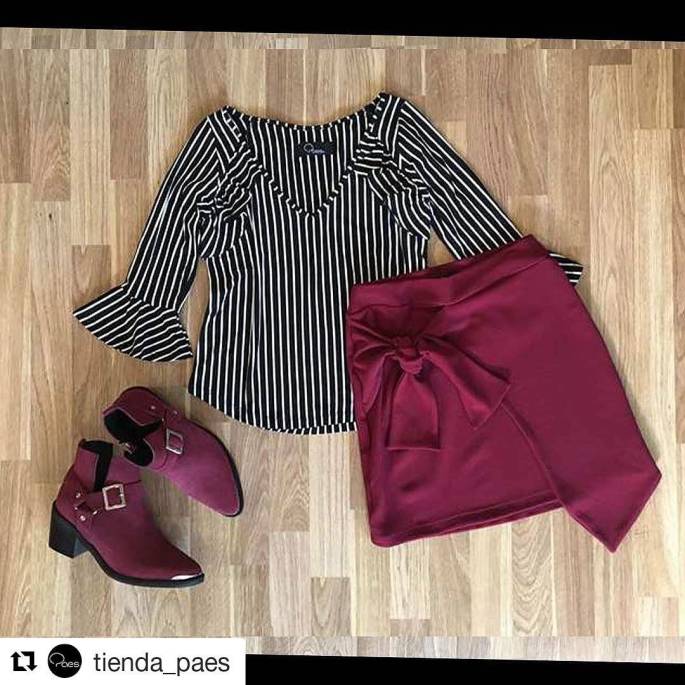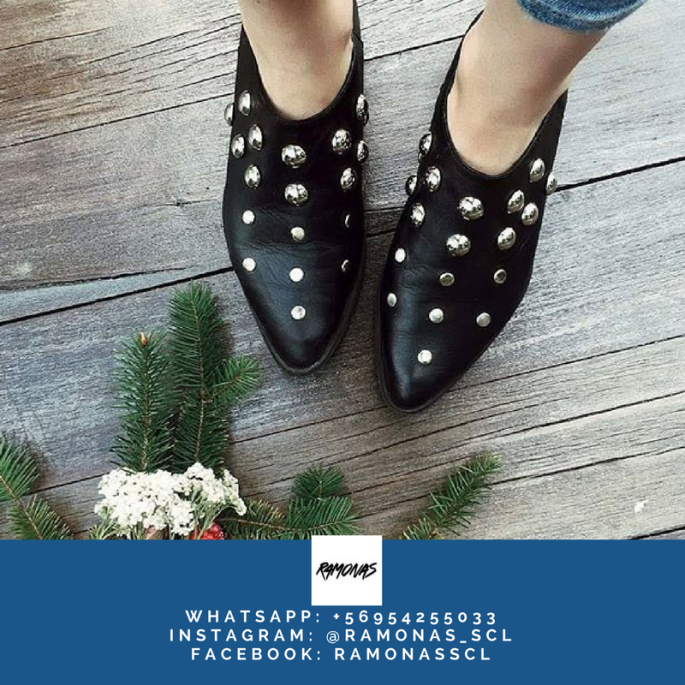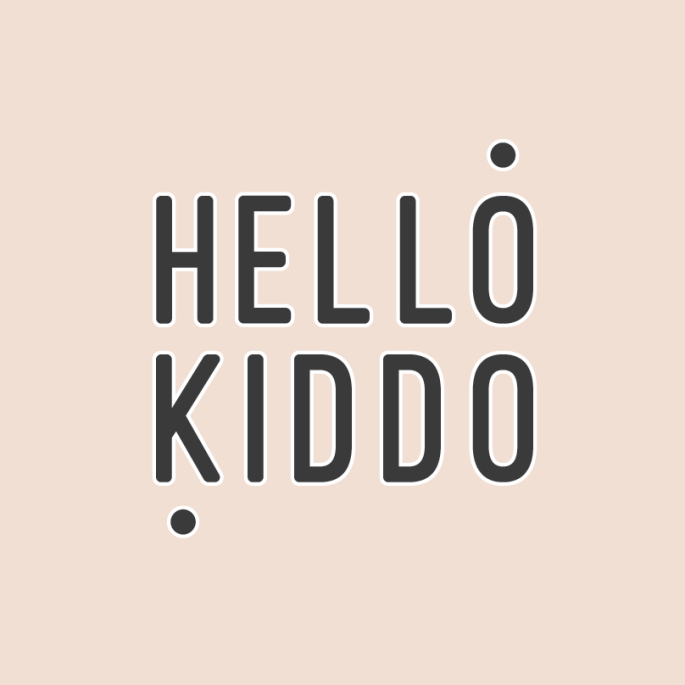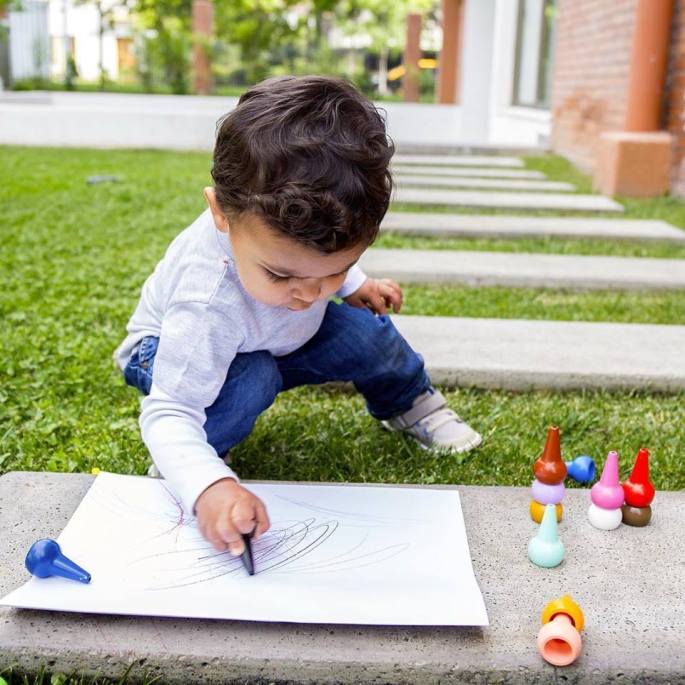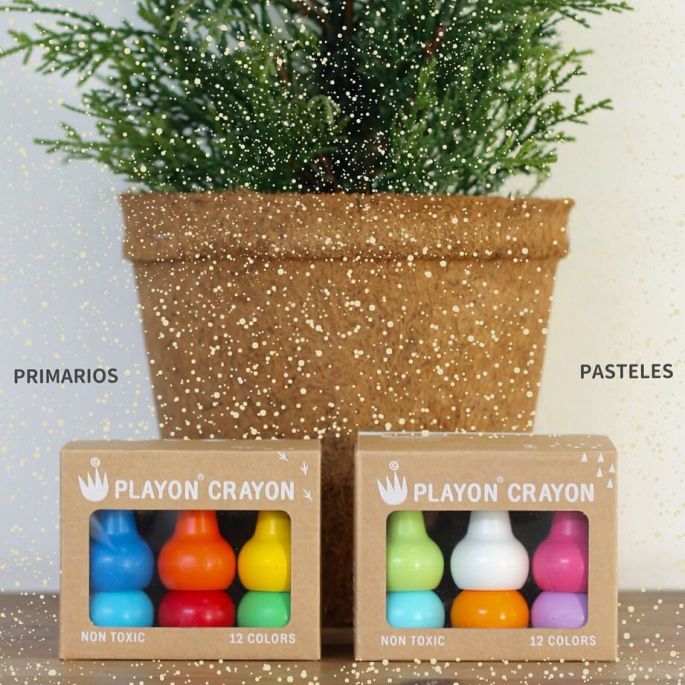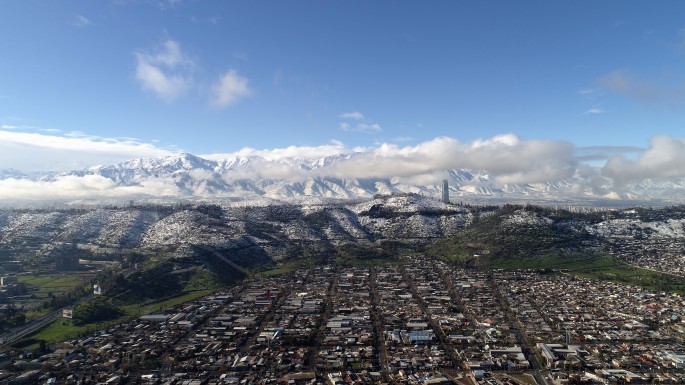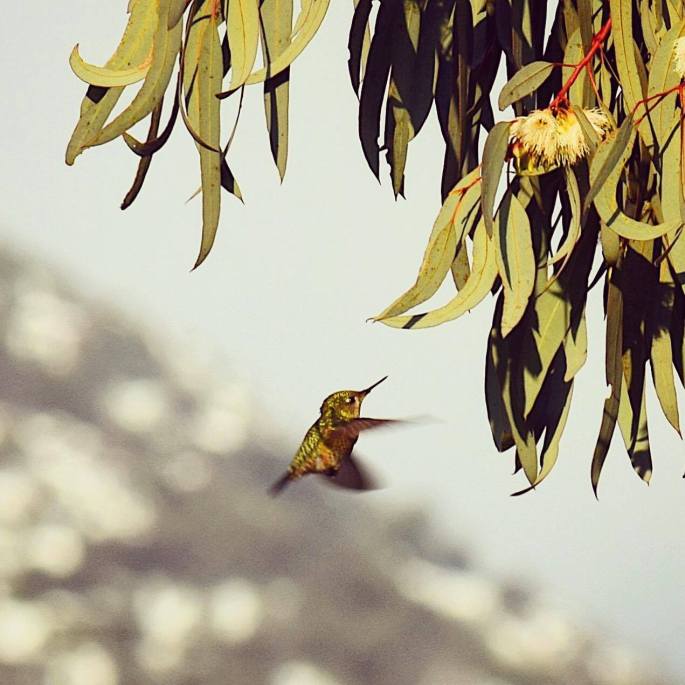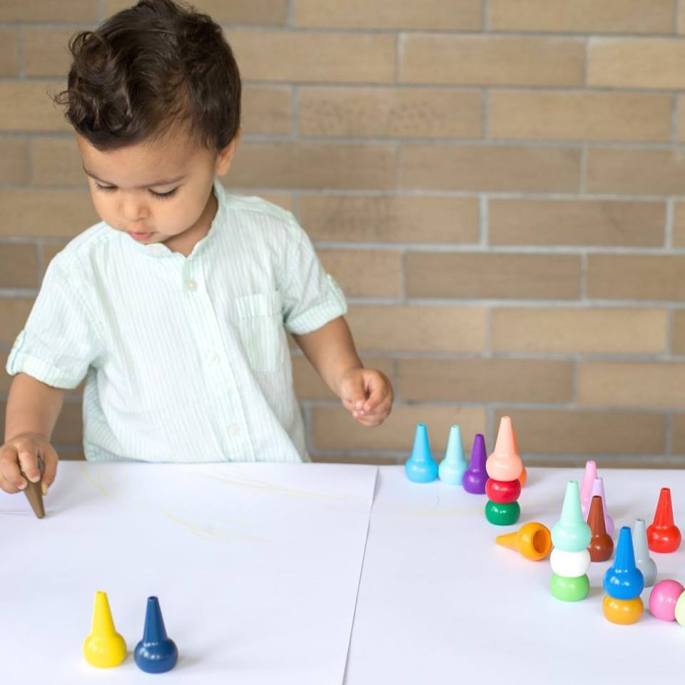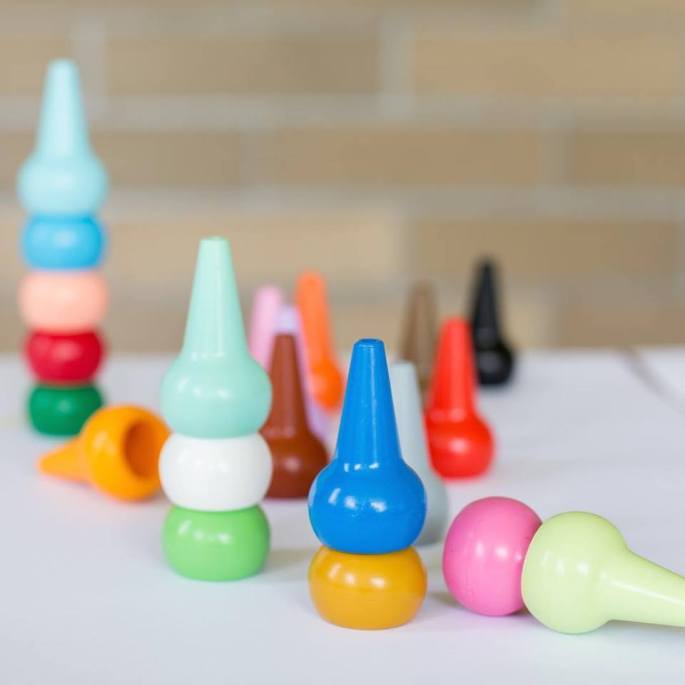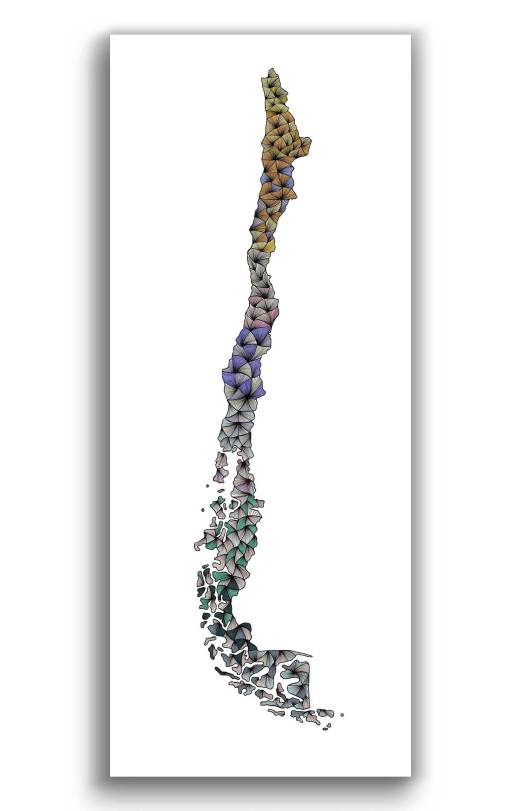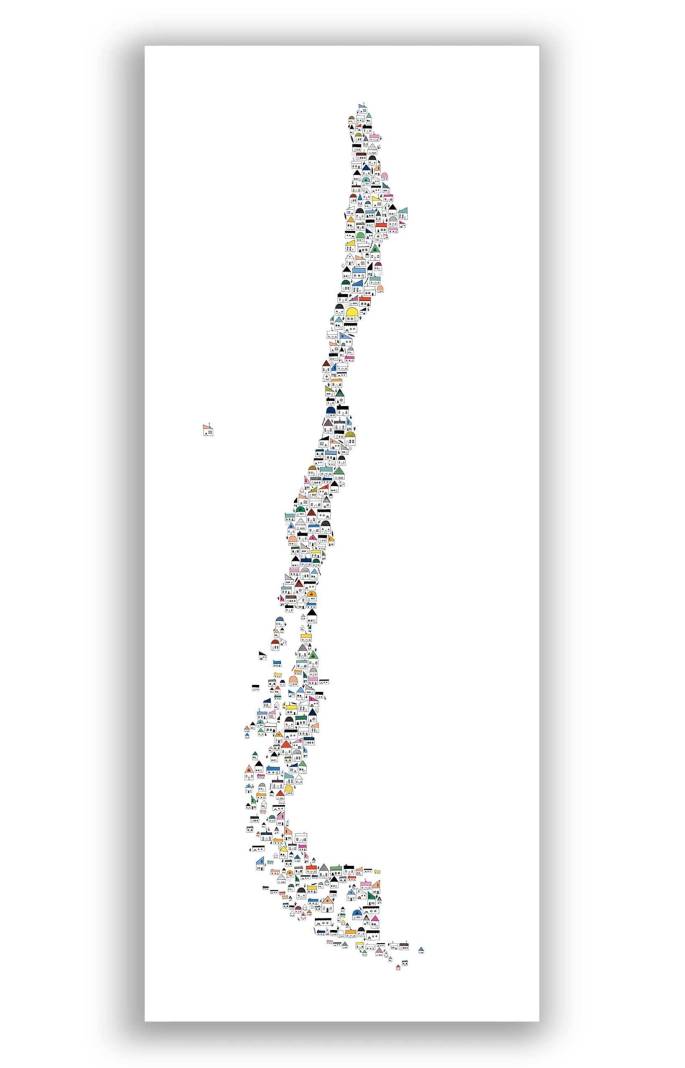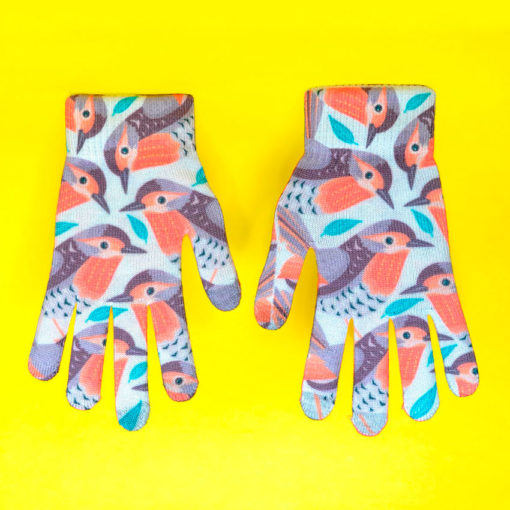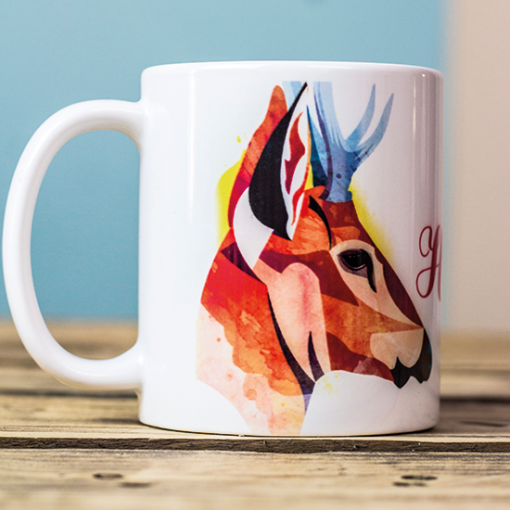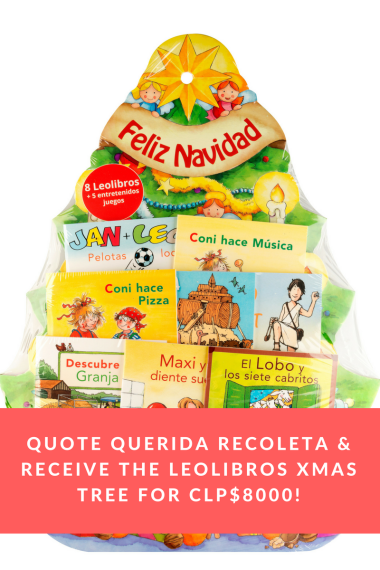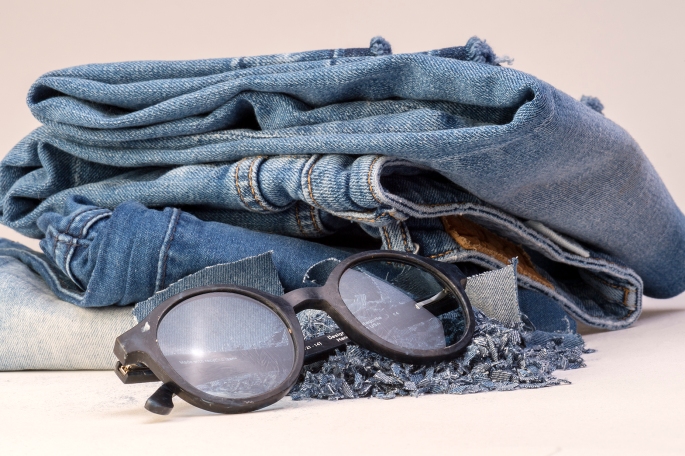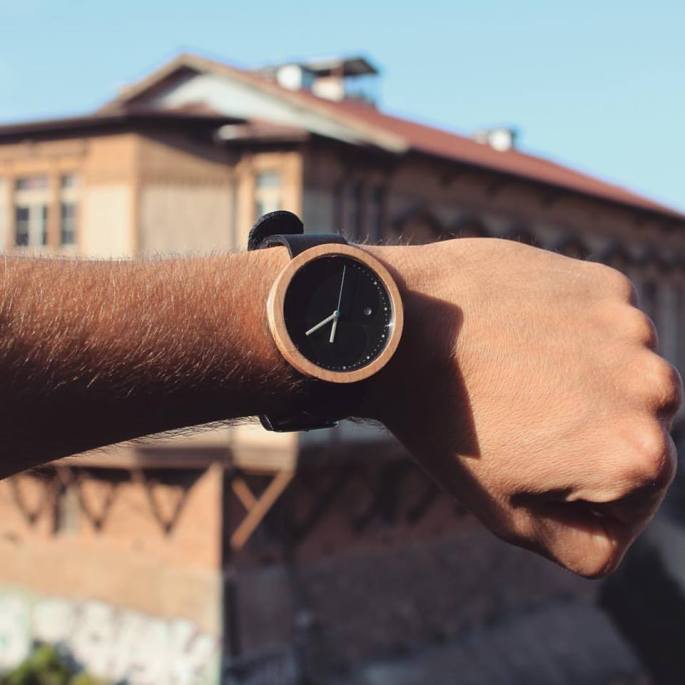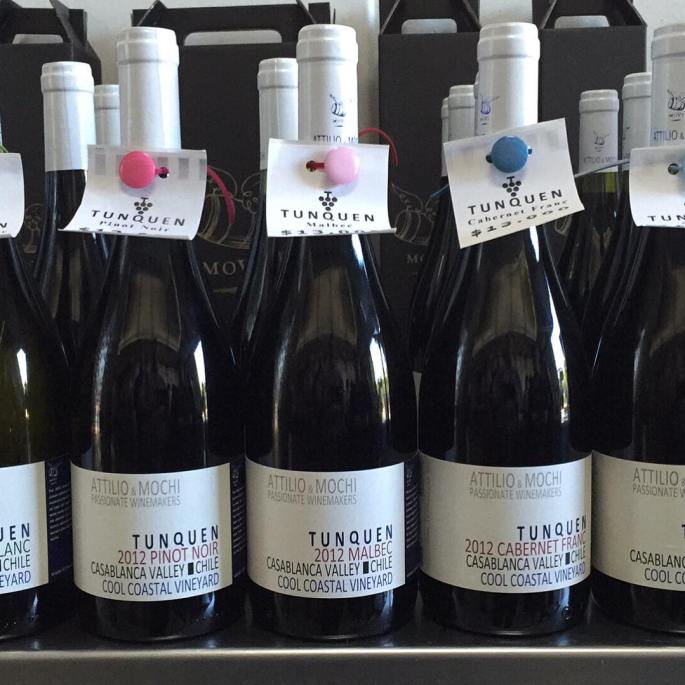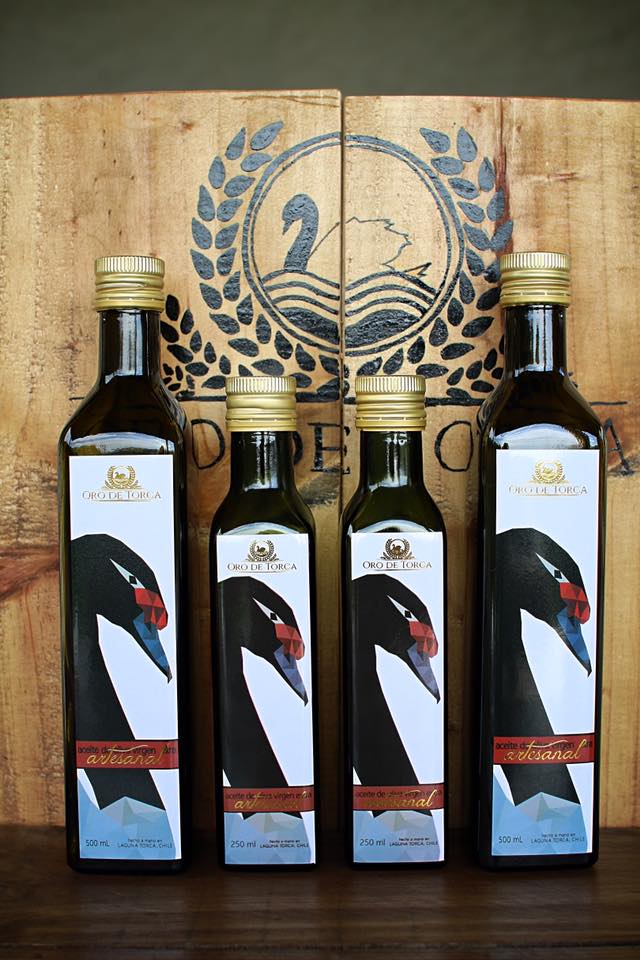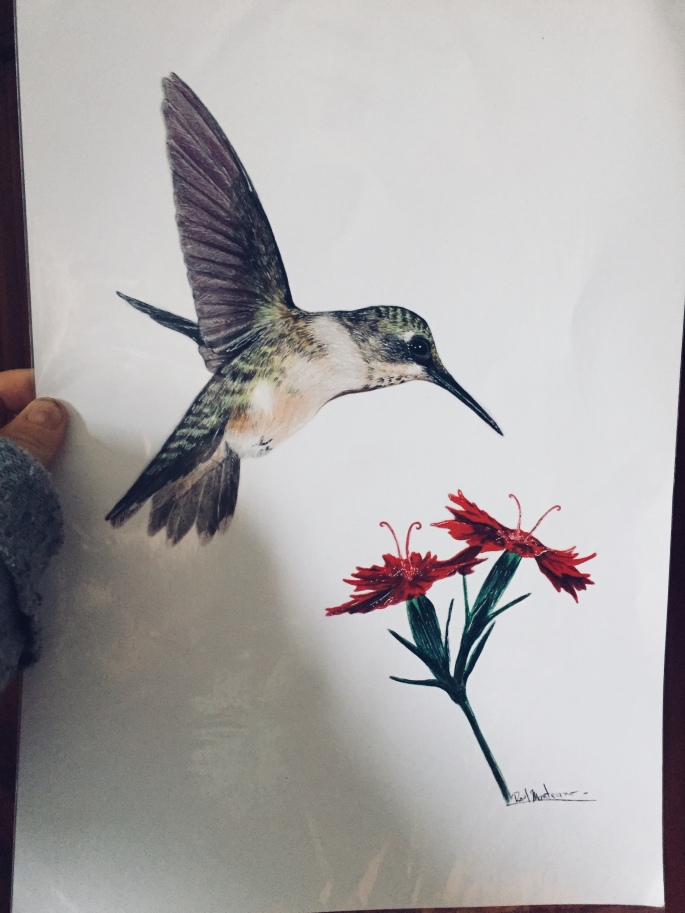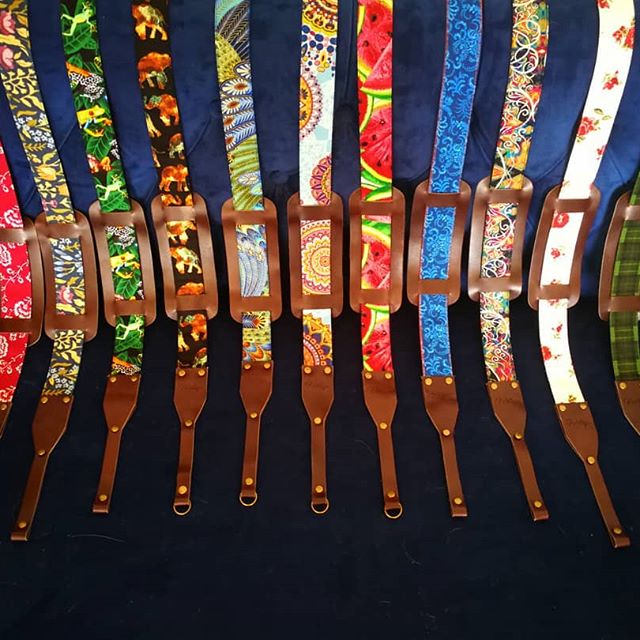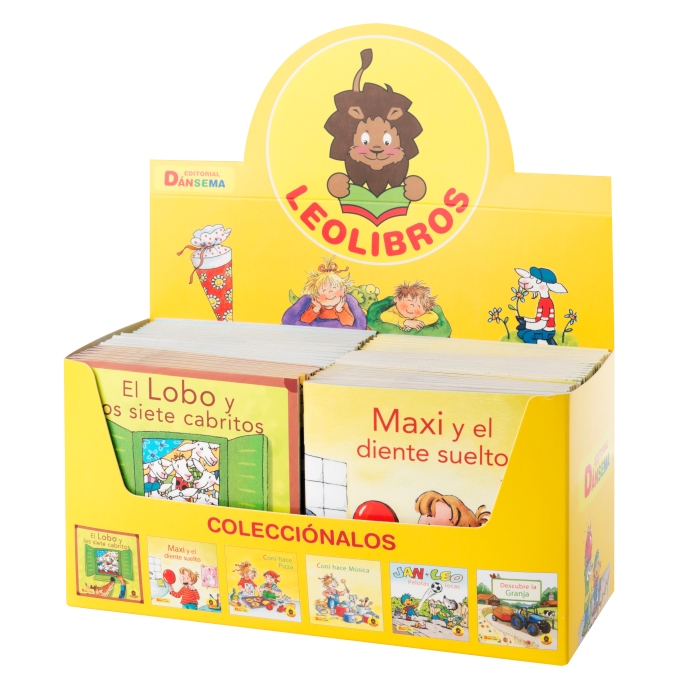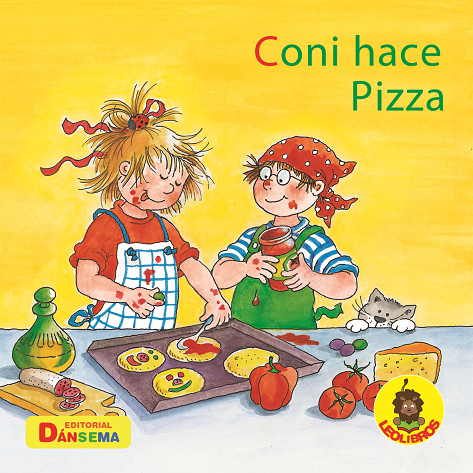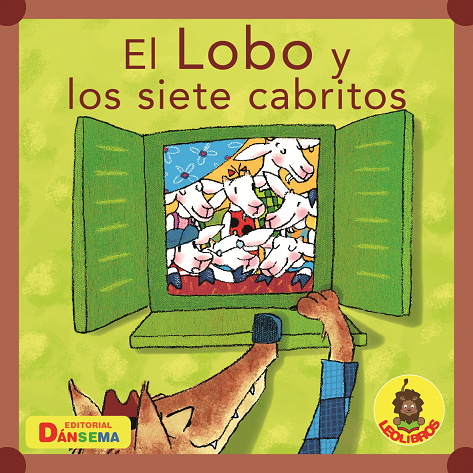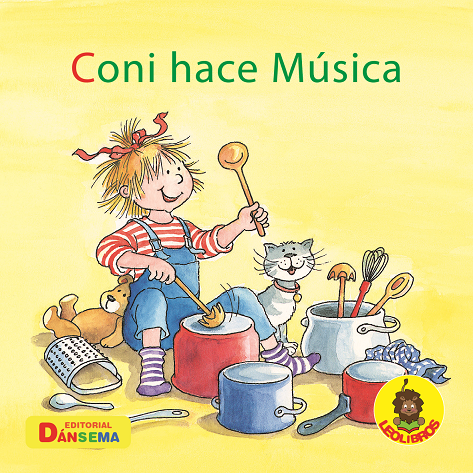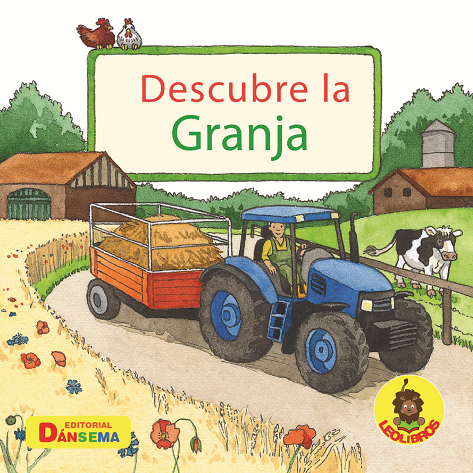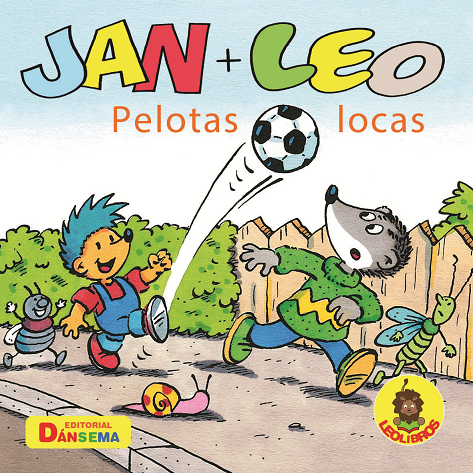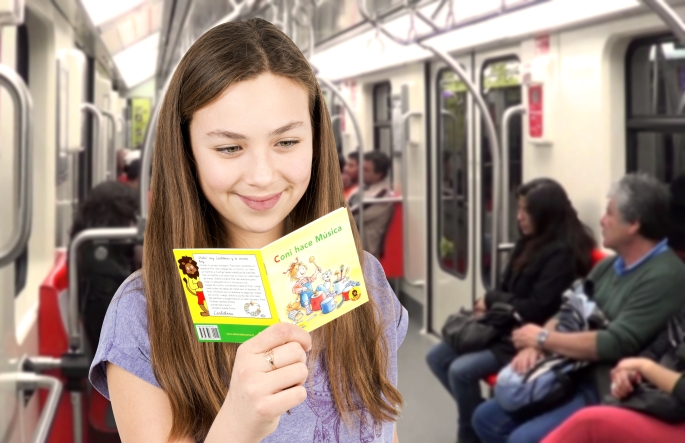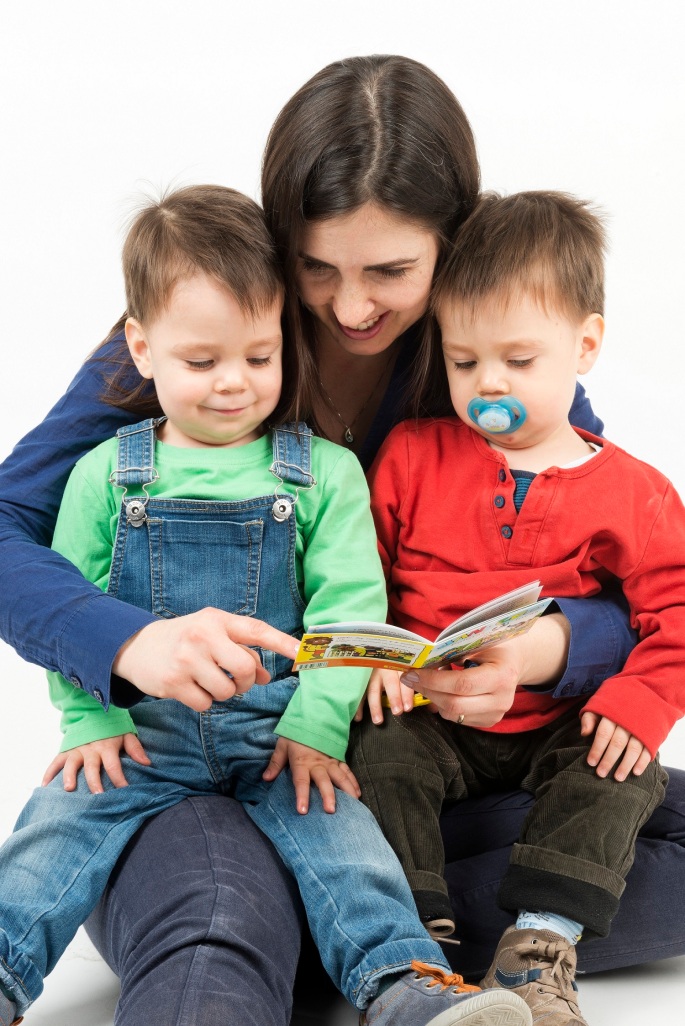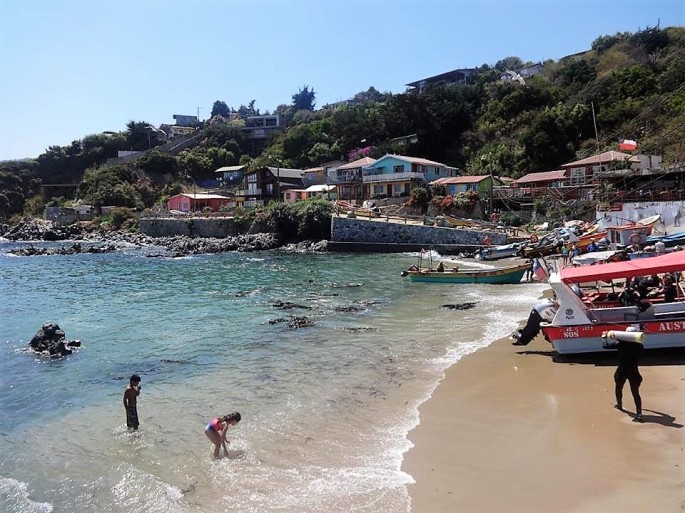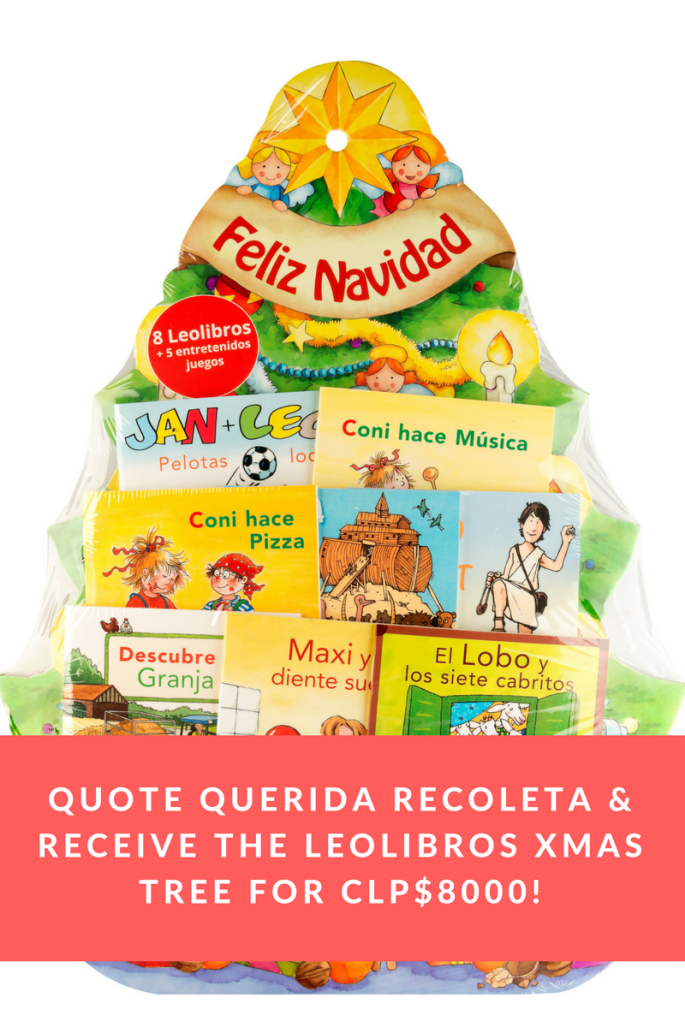Patagonia is one of the world’s most beautiful places that is often labeled as its 8th wonder. This fierce and unruly location is a big drawcard for visitors who clamber traipse through at a staggering rate; 260, 000 tourists pass through Torres del Paine each year. The sad truth that some of the National Park’s most well-worn trails, such as the W trek, are now eroding alarmingly fast, prompting appeals for help from non-profits such as the Torres del Paine Legacy Fund and Tu Mejor Huella. I spoke with Felipe Sunkel, a long-time guide and former geologist, about the reality of living and working in Patagonia, as well as what prompted him to set up his own business, Madre Roca Patagonia.
At the End of the World: Interview with Felipe of Madre Roca Patagonia

1. What made you decide to become a tour guide?
I decided to become a tour guide when I was 24 years old. I had a great job in the mining industry which allowed me to pay back my students debts, but I quickly realized that my passion for geology went against participating in non-sustainable activities. What I love about guiding is that I can share this passion with people from all over the world and spark their interest in a field that they don´t necessarily know about.

2. What makes a good guide a great guide?
A great guide should be a leader that never loses control of their group. They should be authoritative but also flexible enough to work with the conditions and risks associated with each trip. As well as knowledge, they should be charismatic with people and captivate their attention and interest easily. They should also be able to make decisions quickly and confidently under pressure.

3. What did you have to do to become a guide?
When I first started guiding many years ago in the Lake District, all that was required of me were English language skills. Things have changed a lot since then in Chile. In Torres del Paine, for example, the municipality asks you to complete a Wilderness First Responder course and keep it up to date. Additionally, they organize an online/oral test with CONAF park rangers that then gives you a guiding identification card to allow you to enter the park freely with a group of people. Personally, I have also been accredited by many international bodies of safety as I have worked abroad where the requirements are way more extensive.

4. What made you decide to set up your own business, Madre Roca?
Since I have come to work in Torres del Paine, I have noticed the number of tourists visiting the National Park every year increasing. With Claire, my partner, we aim to help decongest the park by orientating our guests to choose off-the-beaten-track excursions around the region. Patagonia has so much to offer but we want to specialize in unique, scientific experiences.

5. What sets Madre Roca apart from its competitors?
We offer multiple off-the-beaten-track excursions, allowing guests to explore some of Patagonia’s most unique landscapes and ecosystems away from peak-season crowds. Moreover, we customize each trip according to guests’ specific interest. We specialize in scientific excursions to the geological and paleontological wonders of the region, as well as photography-focused excursions, fauna tracking, and bird watching, as well as mountain ascents.

6. What is your favorite Madre Roca trip?
Our favorite Madre Roca trip is a 5-day adventure around the Last Hope Province (Ultima Esperanza) called the Geo Paleo Crusade. It is a scientific-based journey that visits several geological and paleontological attractions, including a hike around the Milodon caves and cave paintings, a visit to the incredible (and barely visited) geo-paleontological park of Sierra Baguales, a day around the origins of the Paine mountain range, and the search for the ichthyosaurus fossil near Tyndall glacier.
We also recommend our Off The Beaten Paine option which is a 5-day program that lets you fully explore Torres del Paine National Park in peak season but well away from the crowds.

7. What is a typical day in your life like?
A typical day in my life consists of sharing with people from all over the world, which is a bit like traveling to many countries in a day. Getting to know people and sharing ideas, cultures, experiences, and hiking stories is what I enjoy most about my job. One plus (of the many) about living in Torres del Paine National Park is that you get to experience a lot of Paine moments, which include puma sightings, hearing/seeing avalanches, or having a condor fly by your side as you climb Cerro Benitez.
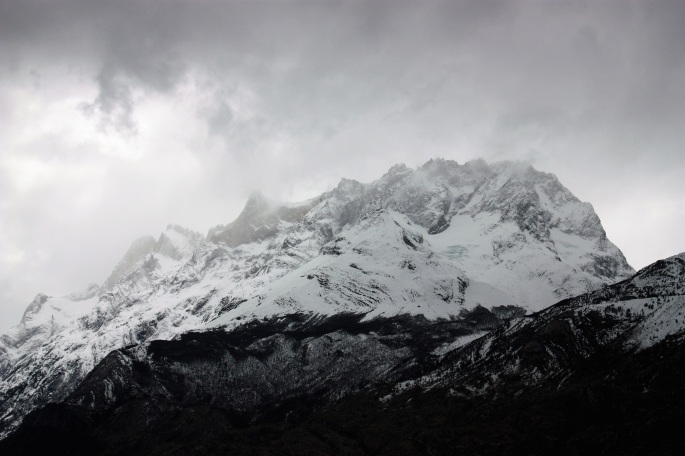
8. Tell me more! What is so special about a place like Torres del Paine?
Torres del Paine is not “just” a National Park, but it is one of the 669 world networks of biosphere reserves by UNESCO. It is home to the Southern Patagonian Icefield, the third largest reserve of fresh water on earth which global warming is accelerating the melting of – what you see today is not going to be here tomorrow. Torres del Paine is also home to diverse flora and fauna, including the biggest concentration of pumas per surface area. Besides, the Paine Massif is one of the most beautiful mountains in the world.

9. When would you say is the best time of year to travel to Patagonia?
Autumn is unmissable – nature at its most colorful ever! The contrast between the color of the snowy mountains, green lakes, and the multicolor forest is amazing. Best of all, you avoid the crowds of high season by coming this late in the year.
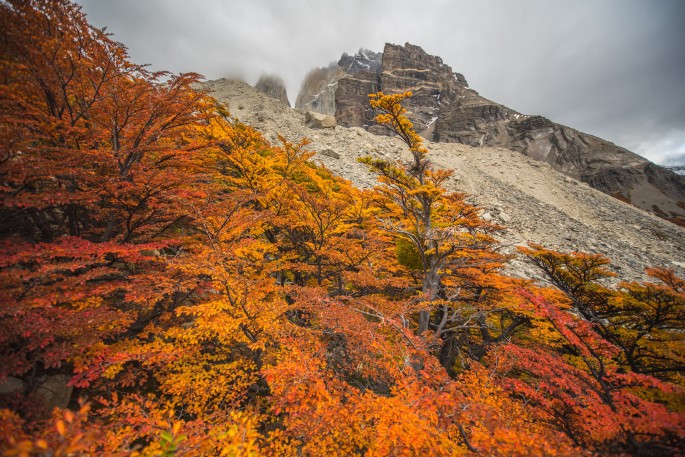
10. What wildlife can you expect to see on a day to day basis? Are pumas common? What is the ‘holy grail’ of wildlife sightings – is there anything you still haven’t seen yet?
You can expect to see Lama Guanicoe (Guanaco) and Vultur gryphus (Andean condor), as well as Conepatus humboldtii (Skunks), Zaedyus pichiy (Armadillo), Lycalopex Culpaeus (Golden fox), and Rhea pennata (Lesser rhea). The high concentration of Puma concolor (Puma) in the National Park makes them somewhat common due to the fact that they are protected and have food in abundance. The Hippocamelus bisulcus, (Huemul, or South Andean dear) is the “holy grail” of wildlife sightings but because of the multiple fires that have devastated the native forest as well as diseases transmitted by cattle, huemules are now critically endangered, and very few are left inside the National Park.
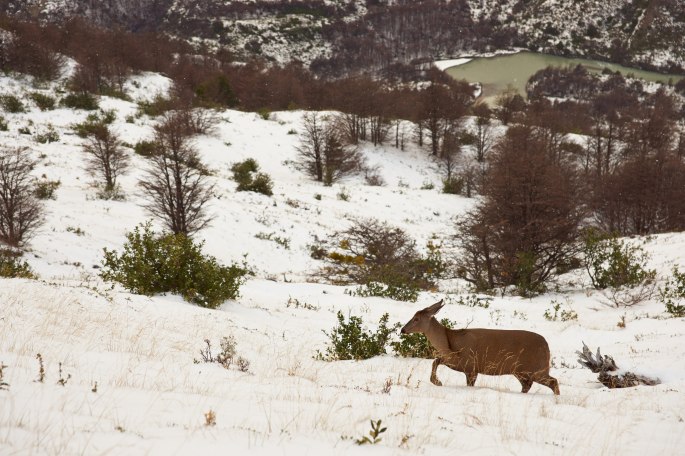
11. Torres del Paine is a fragile place and visiting it really drove home to me the fragility of our planet. What is the single biggest thing you see as a problem in the Park today, and how can we solve this?
The overselling of the W circuit is a significant problem. The trails are eroded and bathrooms in campsites are saturated. A good solution to that issue is to make other areas of the park and region better known and more attractive to the general public. Madre Roca was born with the idea to offer something different, customized and off-the-beaten-track in order to expand the tourism horizon in Patagonia.

12. How can visitors travel responsibly?
In order to travel responsibly, visitors can choose to travel with local companies that prioritize sustainable practices and offer alternatives to the more popular trails. They should also keep an open mind about the fragility of our planet and be willing to explore – and learn – about the role that Patagonia plays within. Adopting a leave-no-trace mindset is essential.

13. Are there any must-haves you recommend that visitors bring to Patagonia?
Visitors to Patagonia must come well equipped to face the always changing weather of the region. Sun protection is as important as snow gear around here. Good, breathable, wind and waterproof trekking gear is essential, as well as a good camera to immortalize your adventure. And don’t forget to bring a big smile!

14. Do you have any advice for would-be trekkers?
Come prepared, mentally and physically. A positive mindset and flexibility towards unexpected changes in the program are essential as anything can happen in Patagonia. Take your time; trekking is enjoyable as long as you make it so. Most importantly, please respect the leave-no-trace policy so you can leave the park in good condition for the next visitors as well as for the creatures that call this place home.
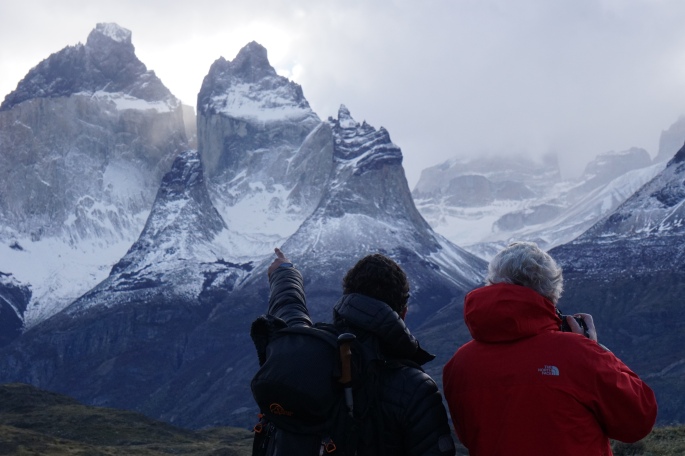
15. What is next for you and Madre Roca?
Next season, we hope to be completely independent. We want to develop more products and, hopefully, guide across the entire network of parks in Patagonia. We hope to work hand in hand with environmentally and socially responsible companies who share our ideals and ultimately participate in the movement towards spreading sustainable tourism across Patagonia.
Madre Roca is comprised of Felipe, a former geologist, and Claire, an experienced guide and graduate of hotel management. You can follow them on Facebook here and visit their website here for more details about their tours and custom itineraries. Please note: this post has not been sponsored – I’m just a huge fan!

Did you like this? Have a read about fully-sustainable dome hotel, EcoCamp Patagonia, or head on a Little North Roadtrip with me to Copiapo and Bahia Inglesa. For a taste of rural Chilean life, indulge in some light reading with Rayuela, Christ & BBQ – enjoy!











